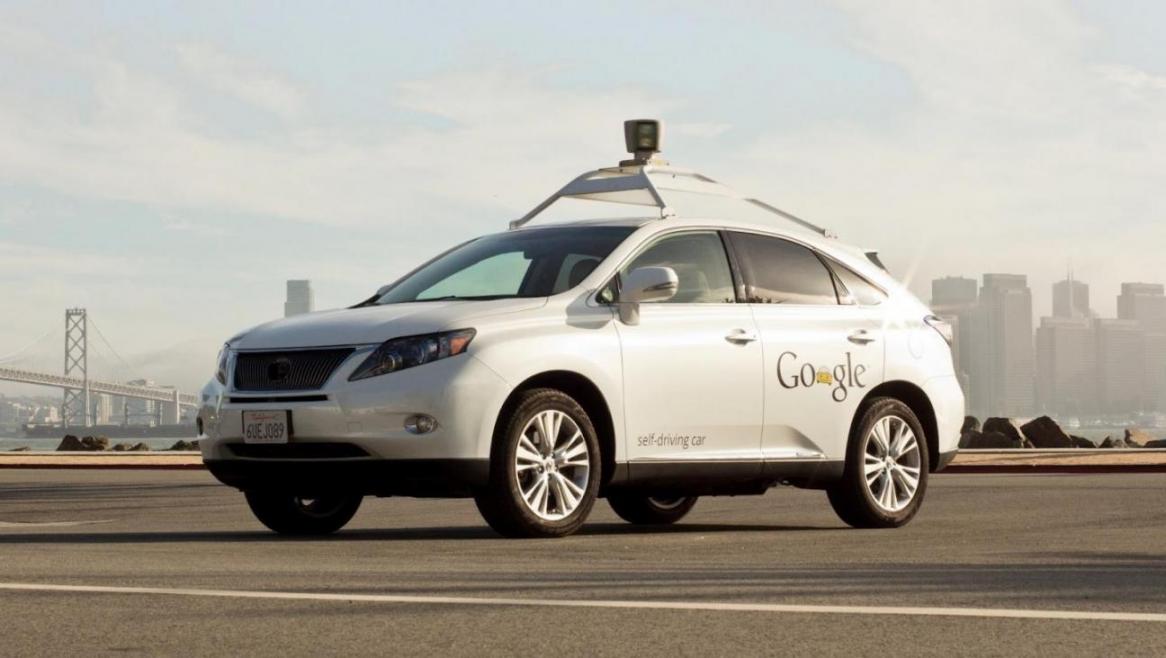As companies such as Google Inc., Mercedes-Benz and Volvo Cars race to develop vehicles that are smart enough to drive themselves, even the most sophisticated systems will sometimes be no match for human error, Bloomberg published on Monday.
In a recent incident, a Volvo employee trying to demonstrate safety features instead ran into a group of people. The driver thought the car was equipped with an option that detects pedestrians and brakes automatically. It was not , and the way the driver gunned the XC60 sport utility vehicle might have overridden the function anyway.
The mishap was not isolated. Another of Google’s driverless cars was rear-ended on Thursday, bringing the total to 13 accidents over six years of tests, with nine being a hit in the backside. While smart cars stand to prevent accidents overall, the incidents illustrate the challenges posed by the interplay between people and computers.
As cars do more of the driving themselves, alternating control between the machine and a distractible human is “going to be a tough issue,” said Philippe Crist, an OECD economist who coordinated a May 28 report on autonomous driving. That’s a big reason why many automakers probably will not introduce completely automated cars any time soon. Plus, there’s a risk that such vehicles will result in new types of crashes, he said.
Even if robot autos are still a way off, manufacturers are adding more and more systems that can take the wheel in certain situations. The lure for automakers is clear. Demand for features that ease the more tedious aspects of driving, such as steering through stop-and-go traffic, could create a $42 billion market by 2025, Boston Consulting Group estimates.
The accidents involving Google’s autonomous cars seem to stem from the fact that they do not bend traffic rules the way human drivers expect, according to Crist.
“We were stationary” for most of the accidents, Astro Teller, head of the Google research laboratory handling the driverless car effort, said at a May 29 developers’ conference. “The car wasn't driving. The human wasn't driving either. We were just rear-ended by another vehicle."
With 94 percent of crashes currently linked to some kind of driver error, computers taking more control might be a good idea.
“We strongly believe this technology will help reduce accidents,” said Eric Schuh, head of Swiss Re AG’s Casualty Center, which analyzes risk for the Zurich-based company’s reinsurance business.
Volvo agrees, despite the embarrassing crash last month, which went viral on YouTube with more than 4 million views.
“There was nothing wrong with this car itself,” the Gothenburg, Sweden-based carmaker said in a statement. “The unfortunate incident happened only due to human error.”
Indeed, Volvo is banking on automated-driving technology to eventually eliminate deaths and serious accidents in its new cars in the coming years. What the crash did show was that it is critical to understand a vehicle’s safety capabilities, which can differ vastly from model to model.
“Does that car just adjust the speed when you drive on the motorway, or does that car indeed also know when a human crosses the street in front of it and put on the brakes?” Schuh said.
The most effective technology does not require any human interaction. Igor Kryuchkov, managing director of T3 Risk Management SA, a Geneva-based consultancy, knows firsthand.
He was driving his BMW 6-Series coupe on a French highway last month, returning from a weekend away with his wife and two-year-old son, when a Volkswagen Golf suddenly swerved into his lane. The BMW, which was equipped with a collision-avoidance system, tightened the seat belts and braked before Kryuchkov had time to react.
“You don’t really appreciate it until it becomes very useful,” Kryuchkov said. “It was kind of like the car braced for impact,” which it fortunately avoided.


